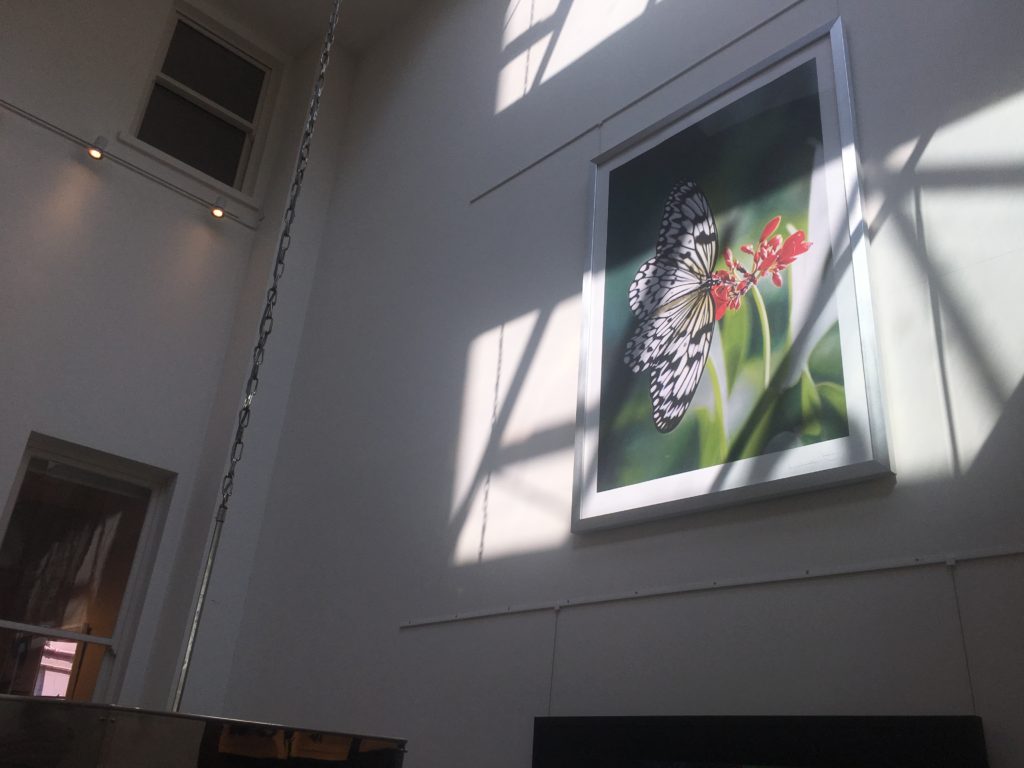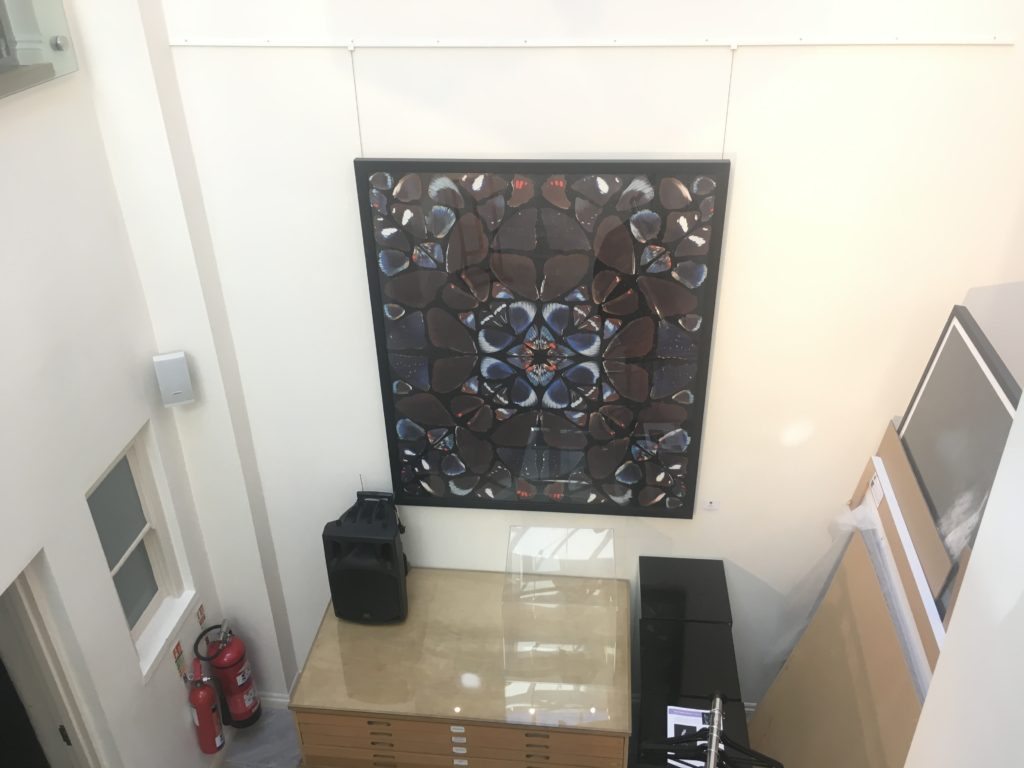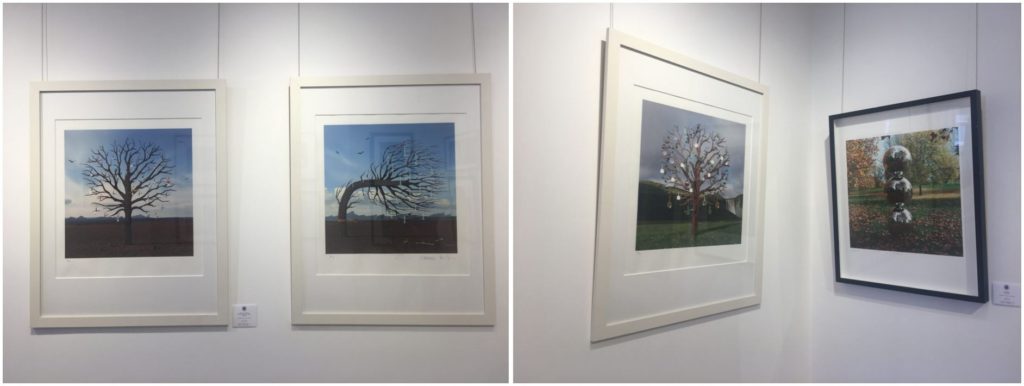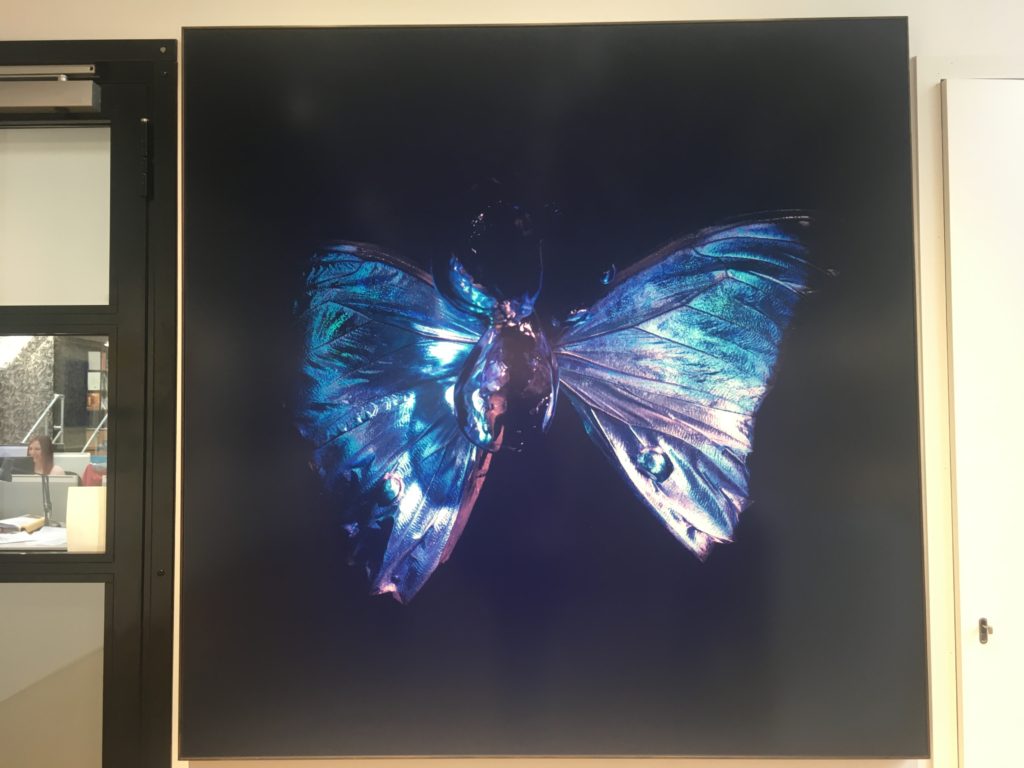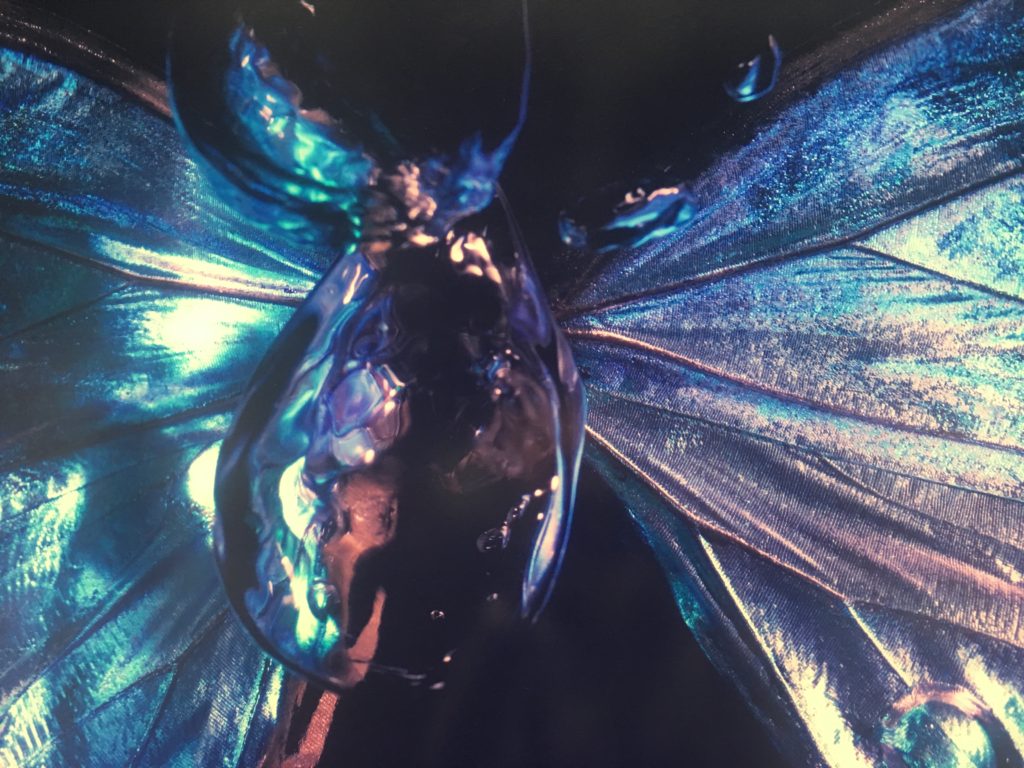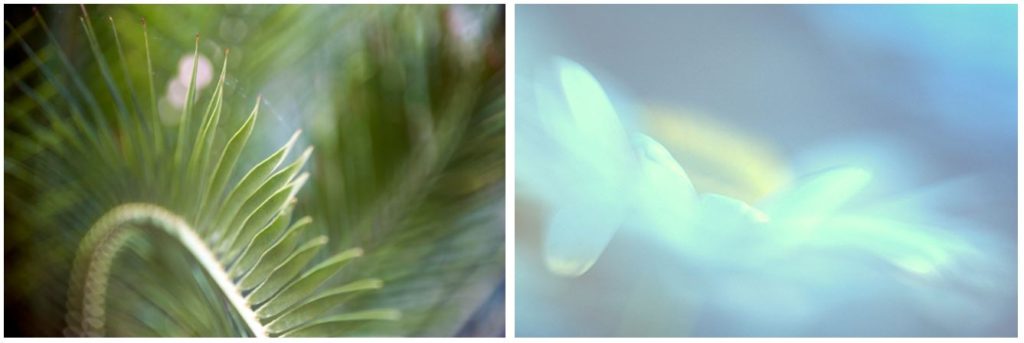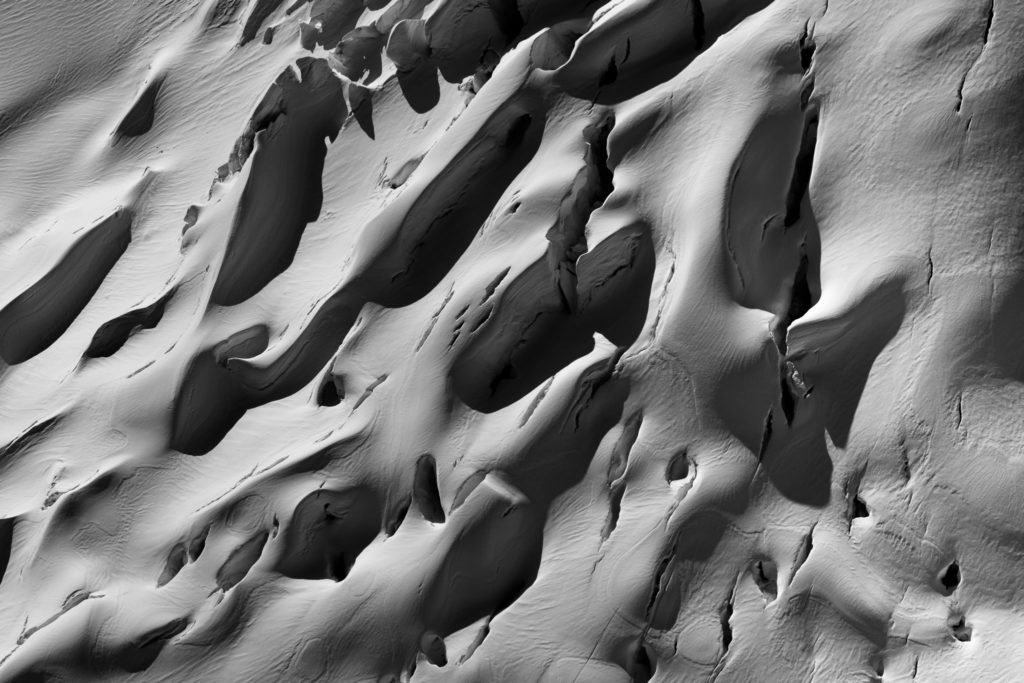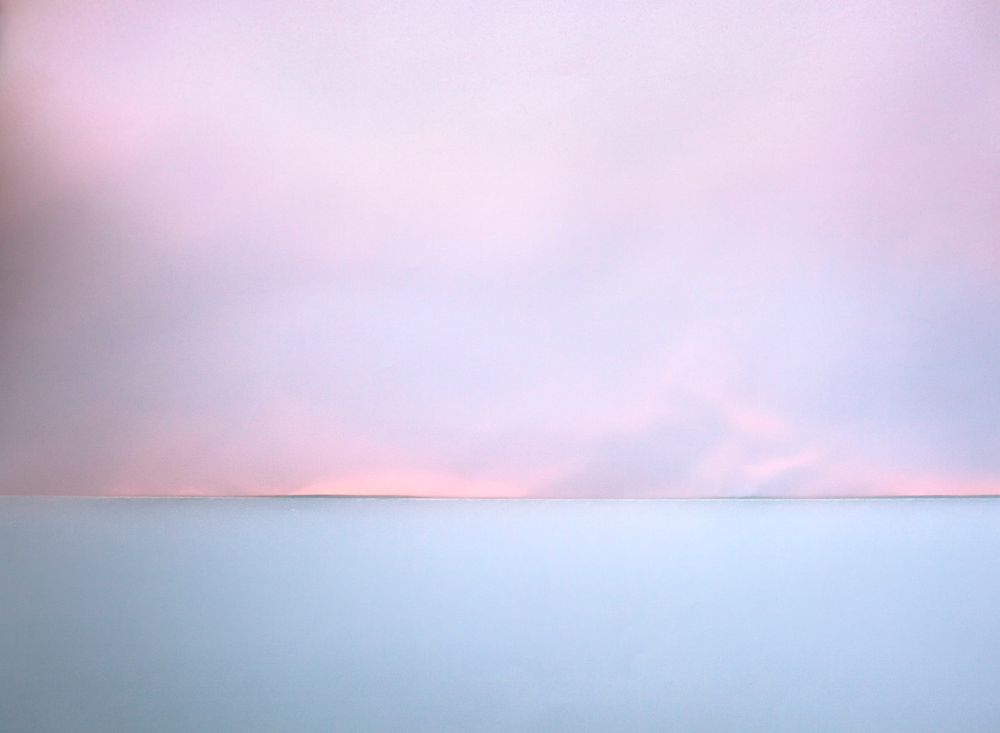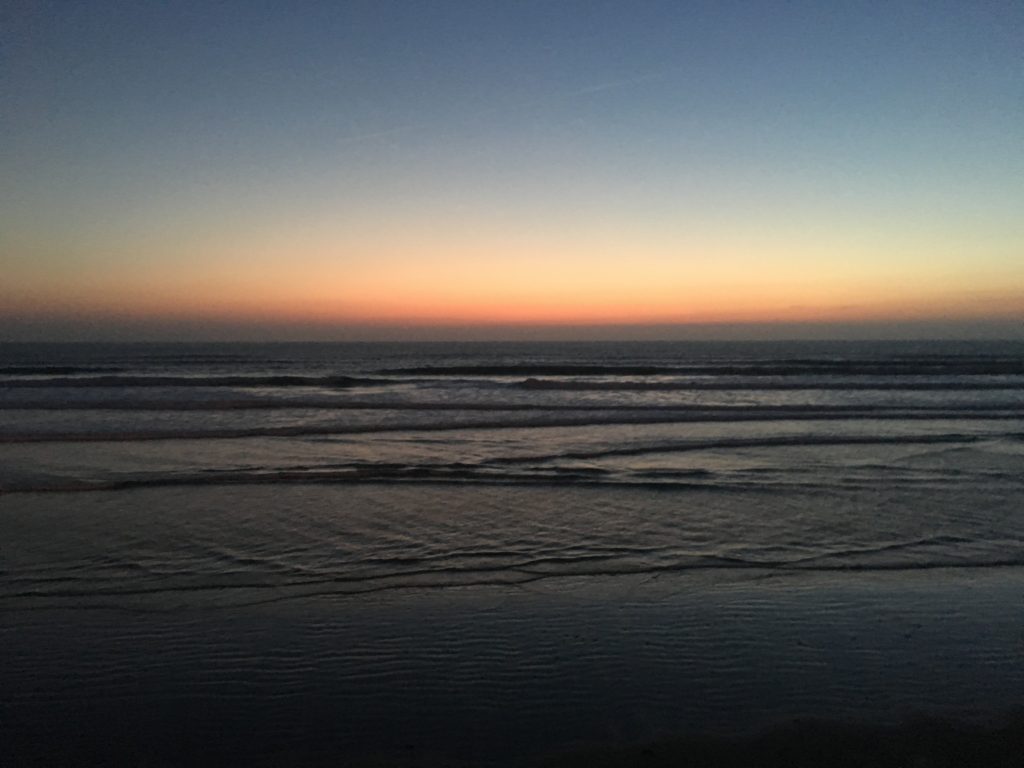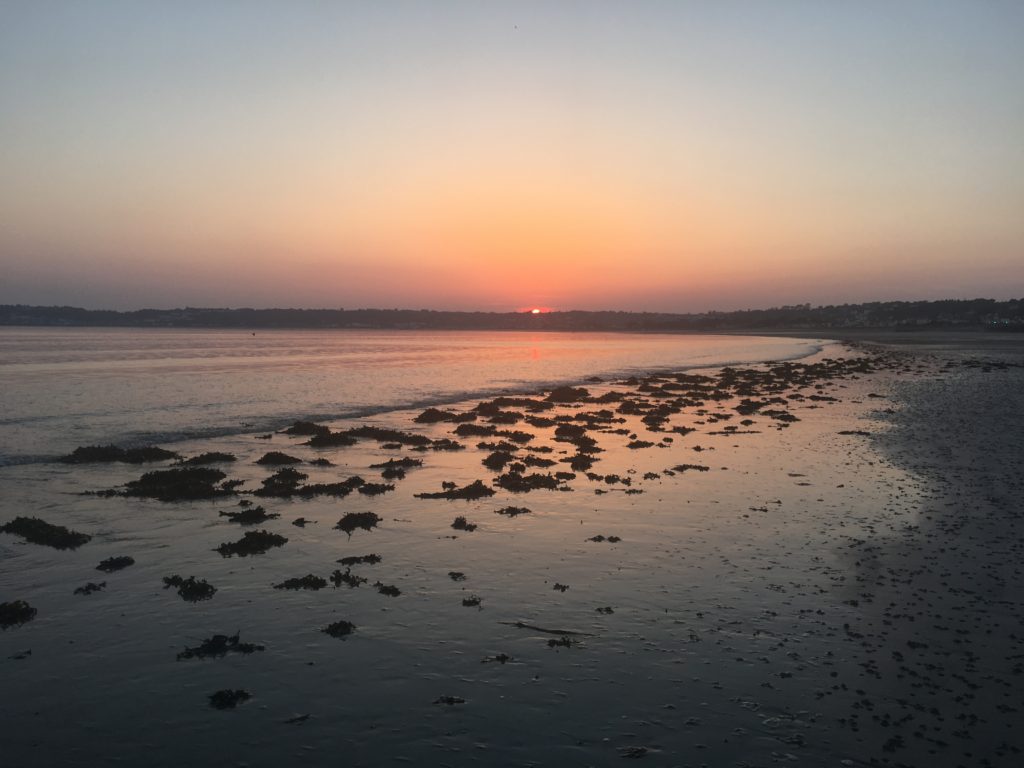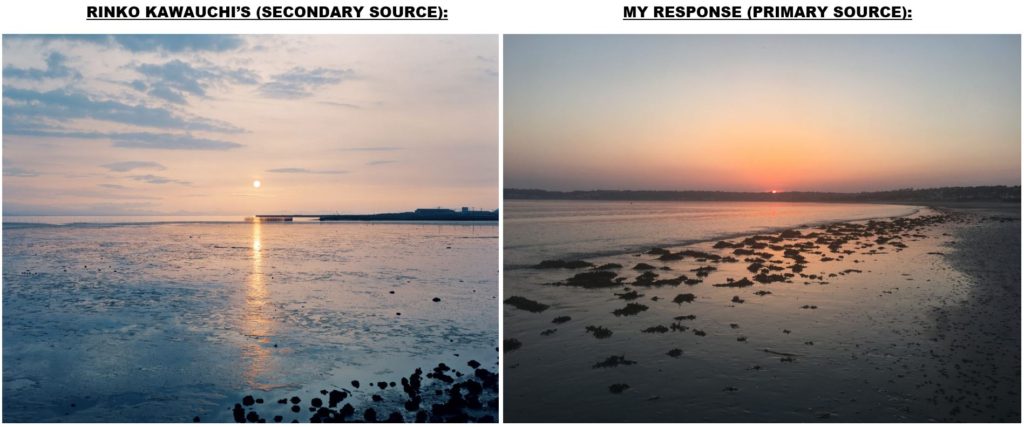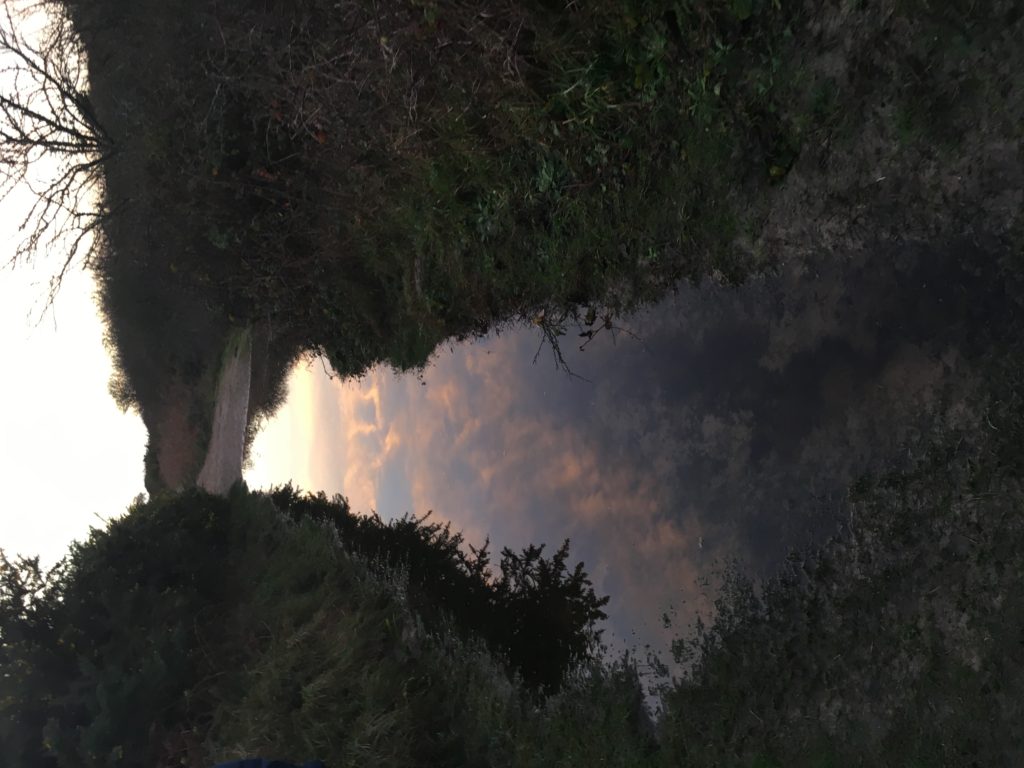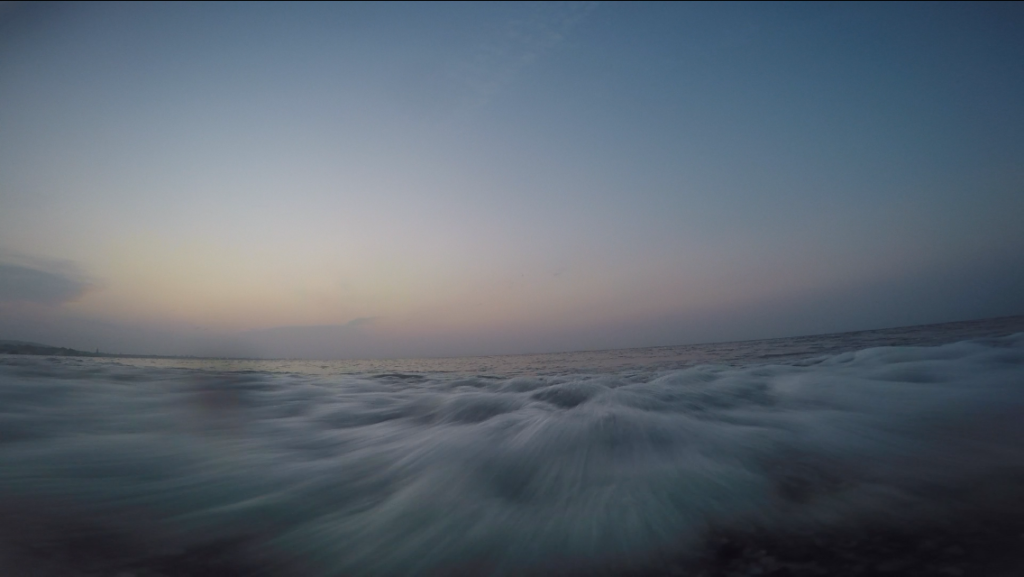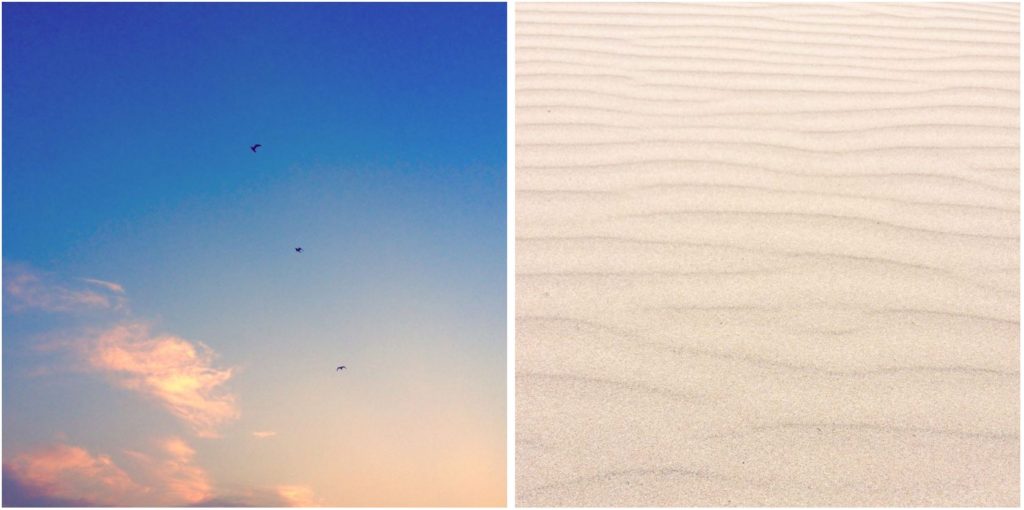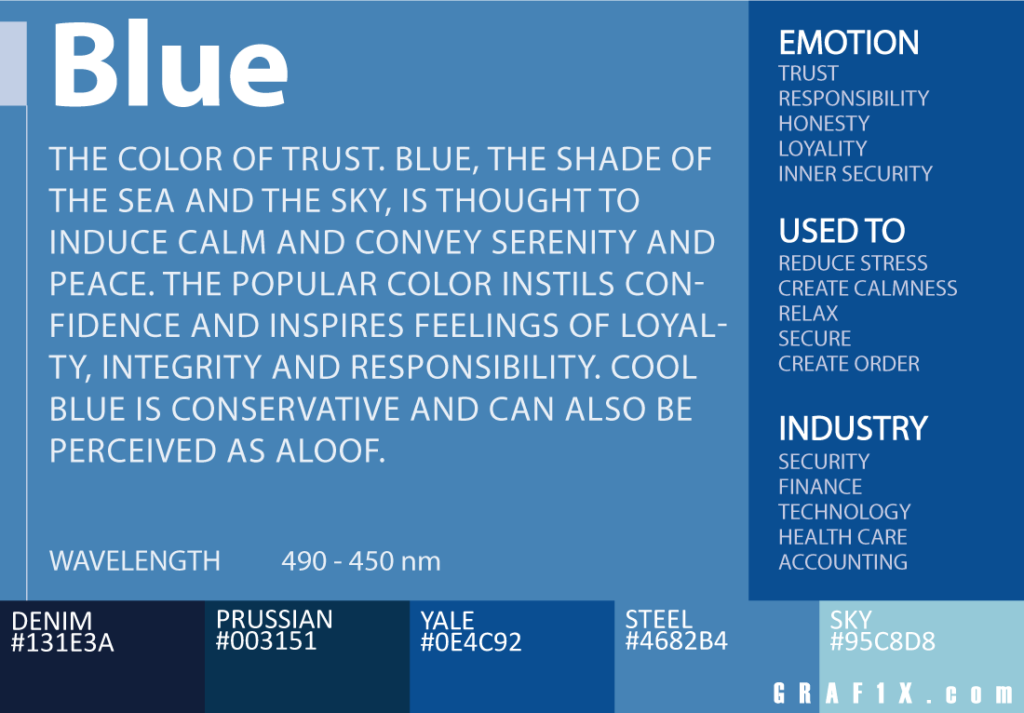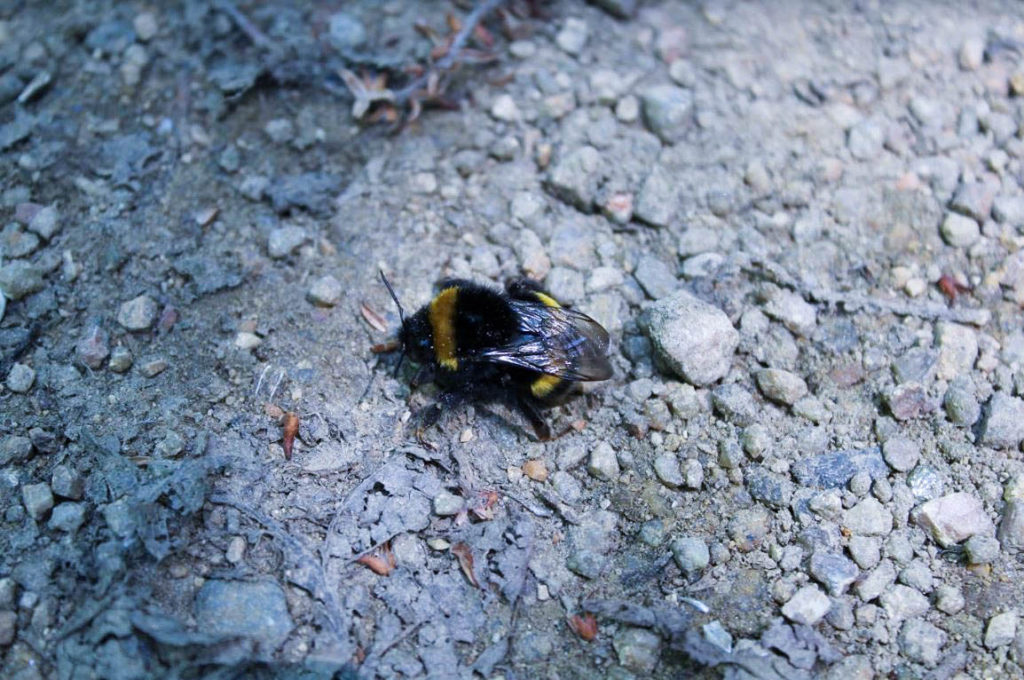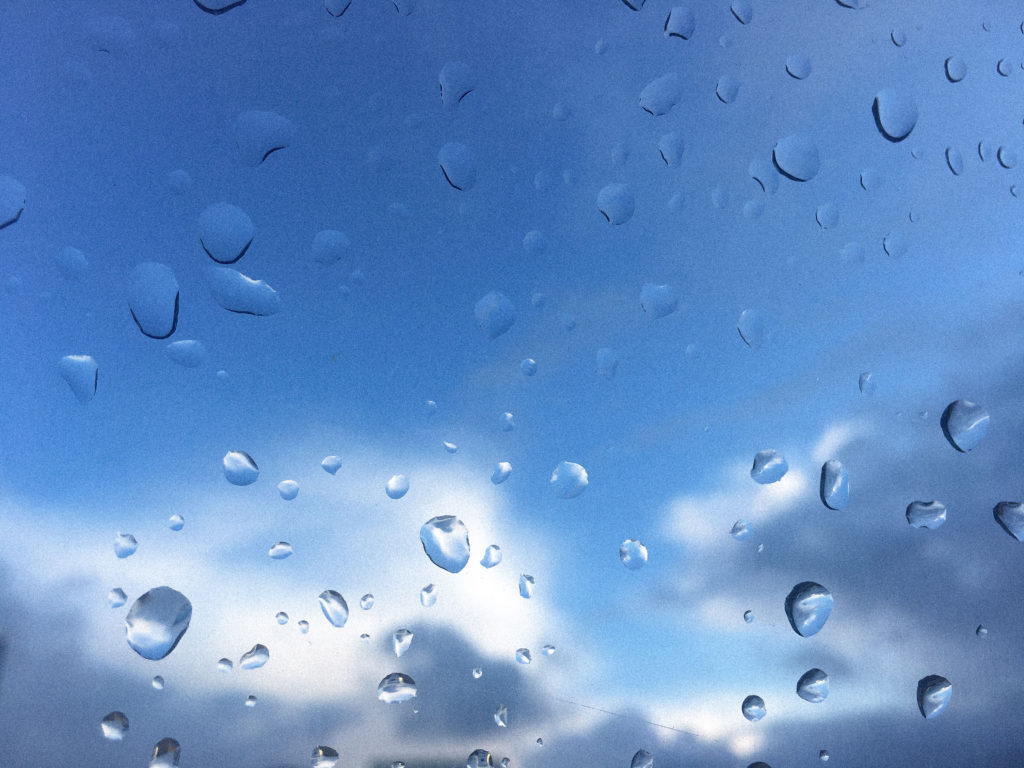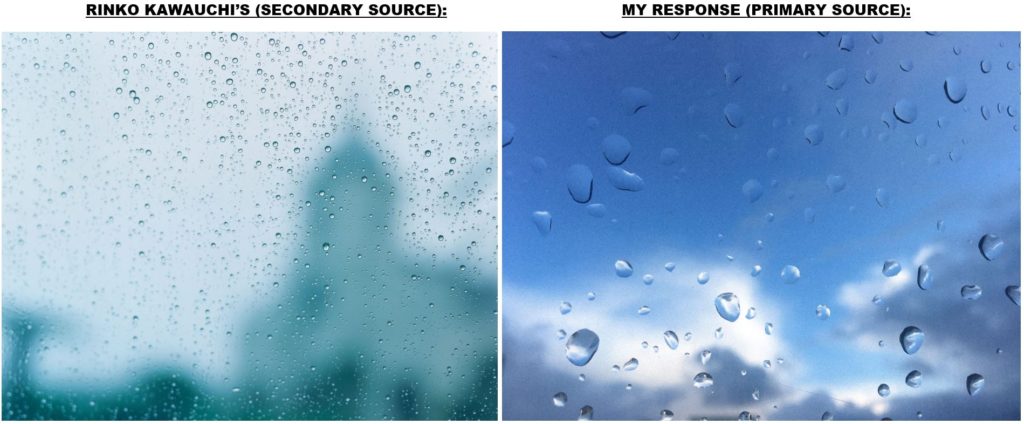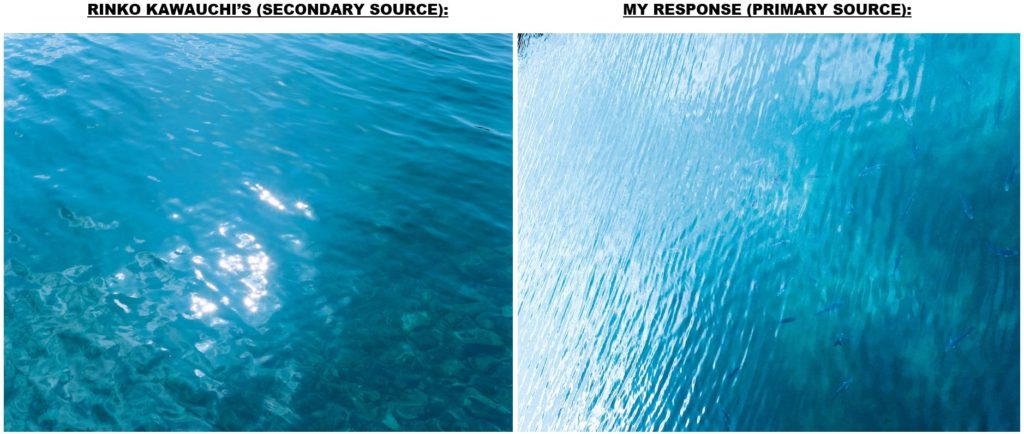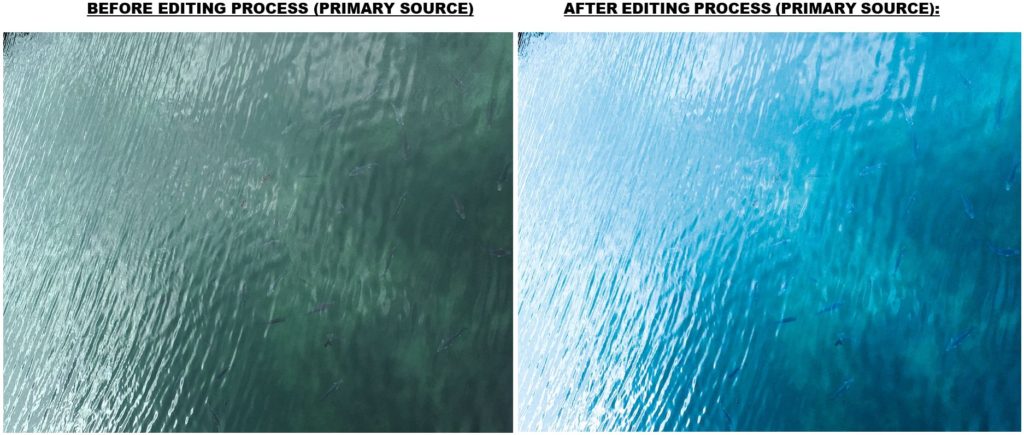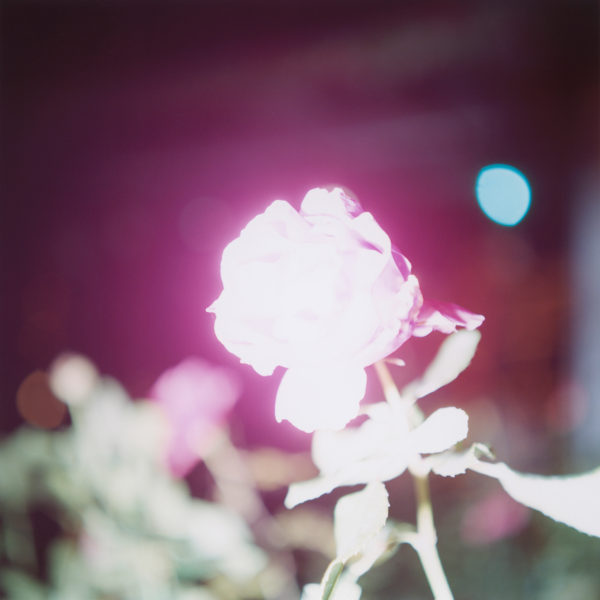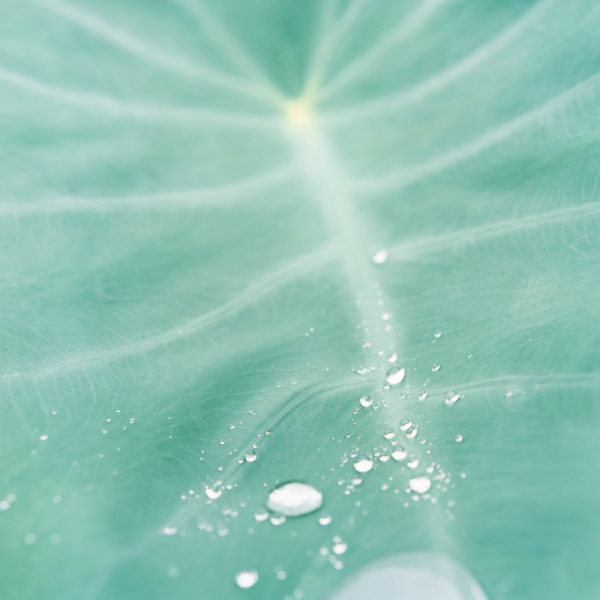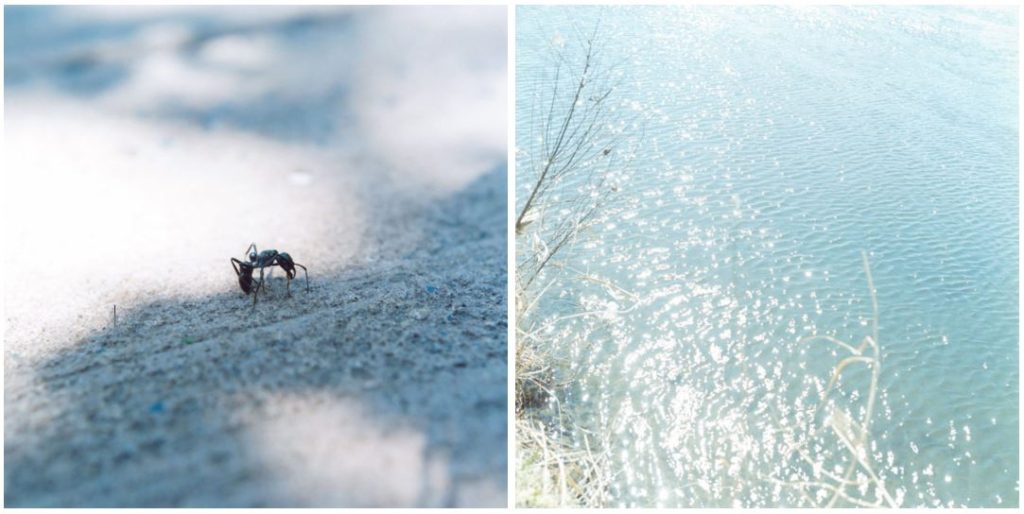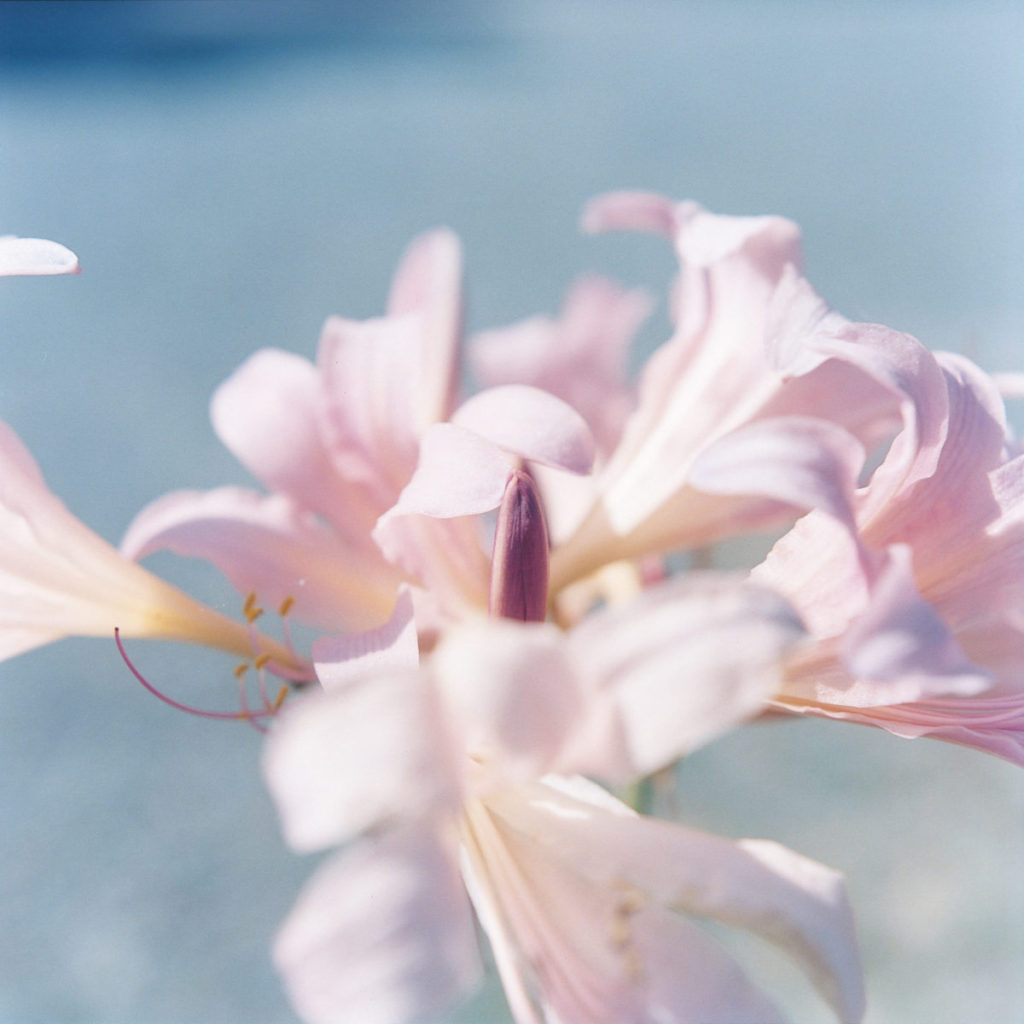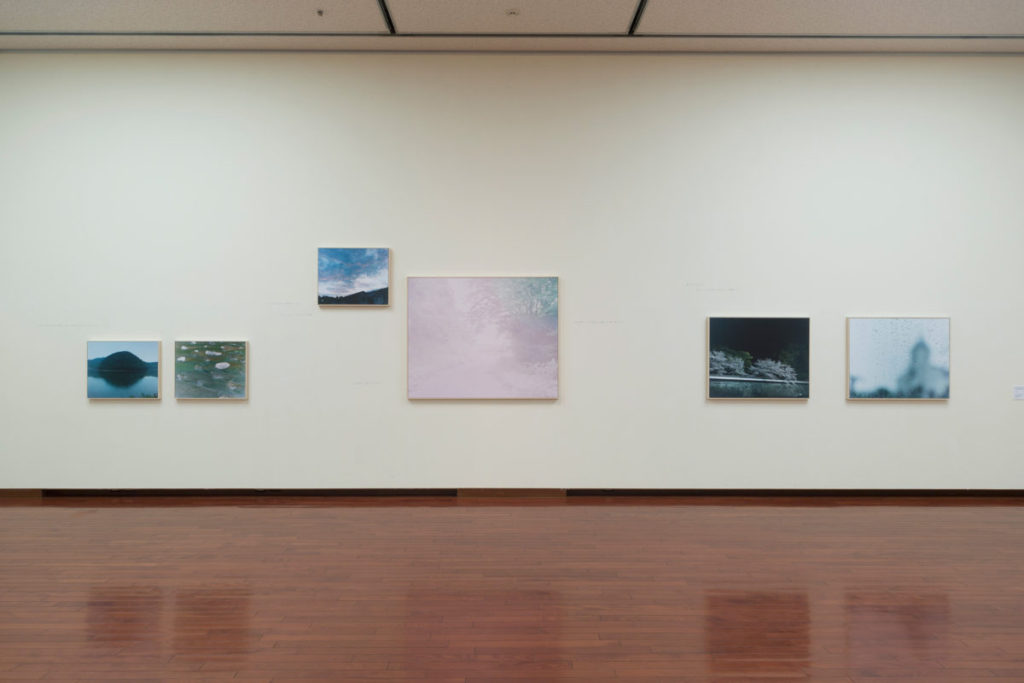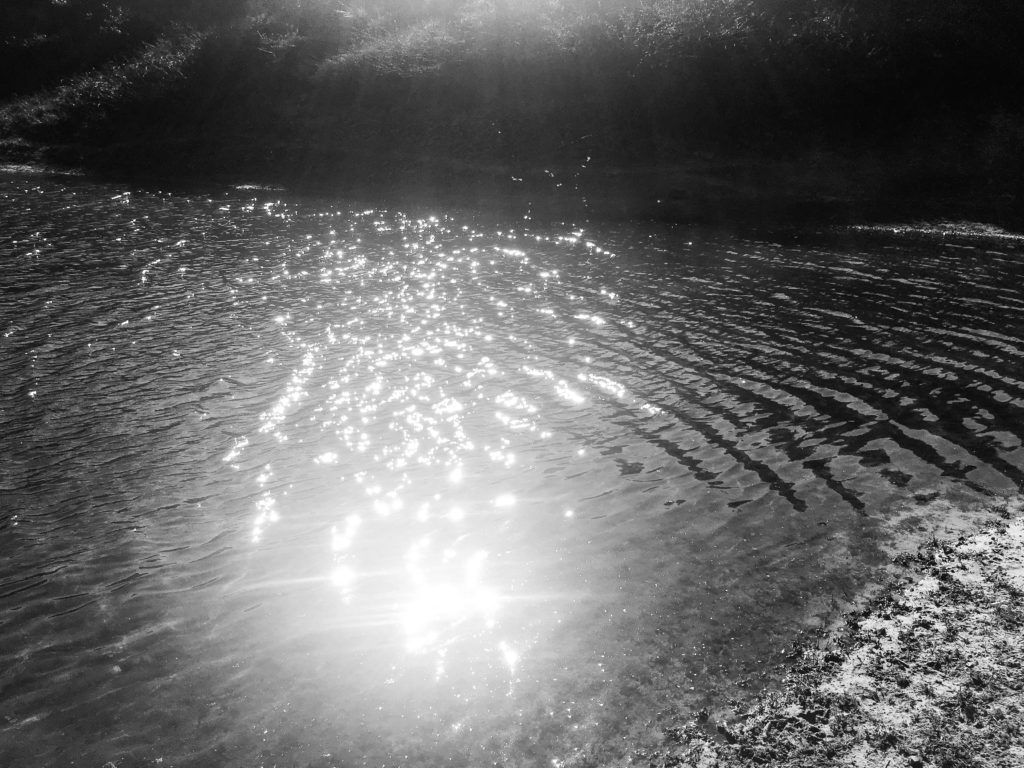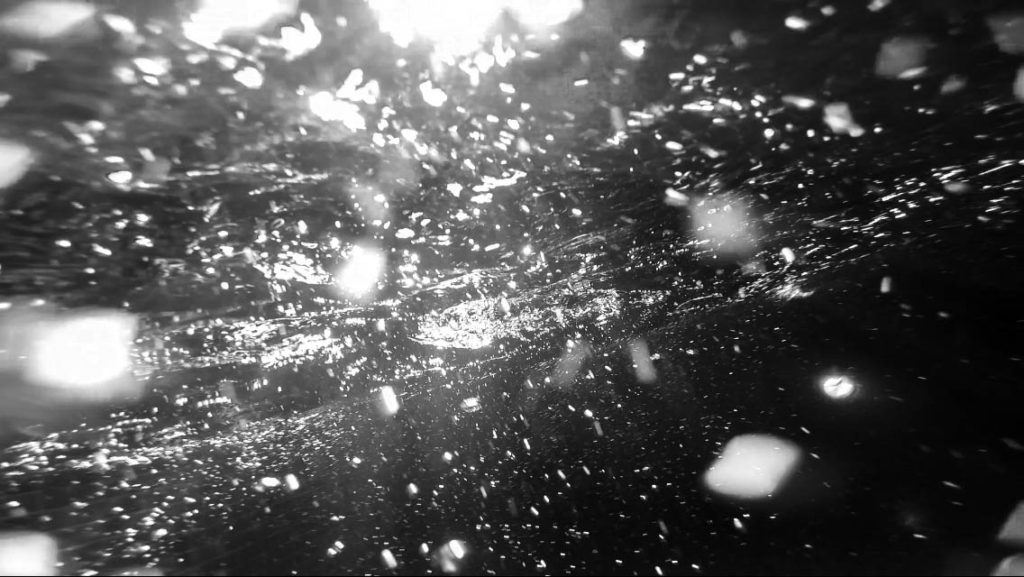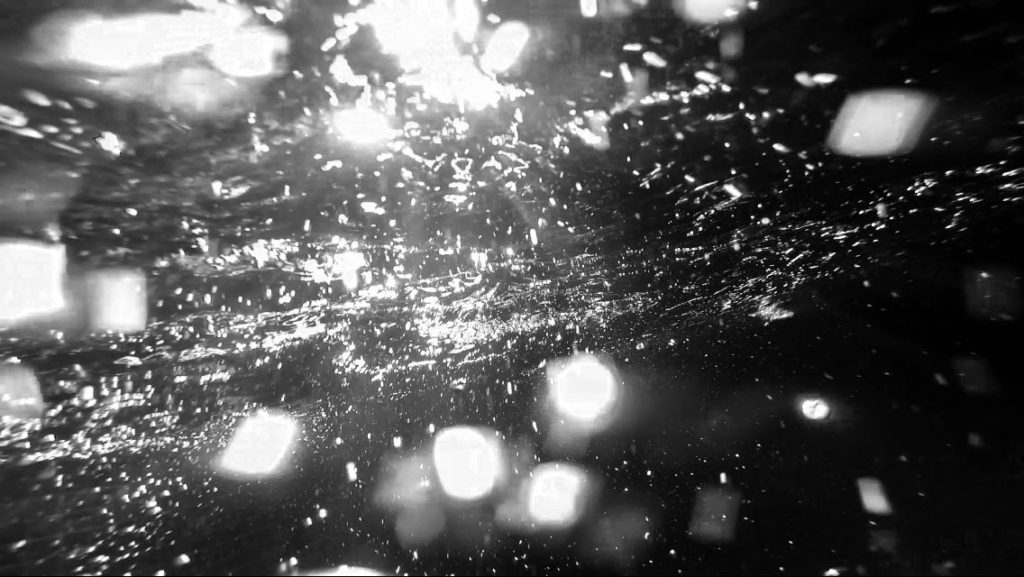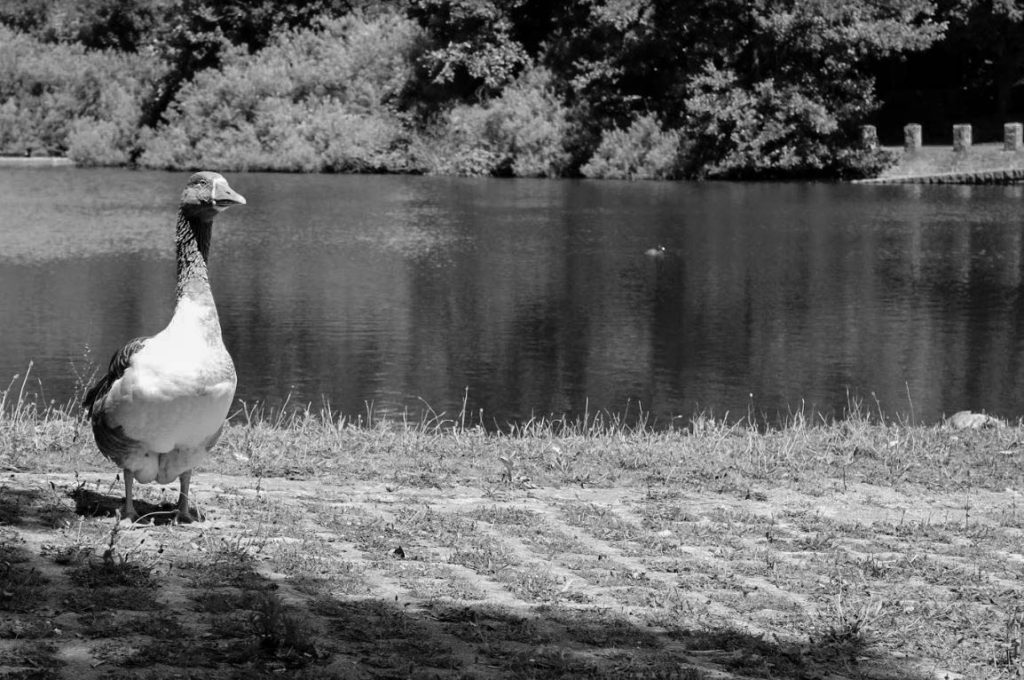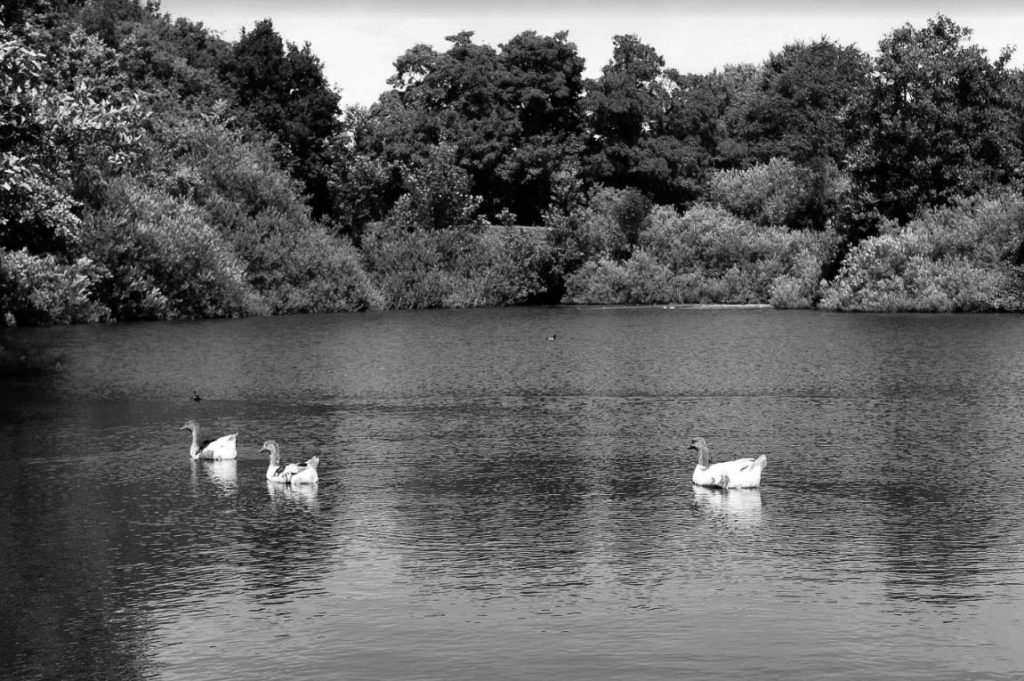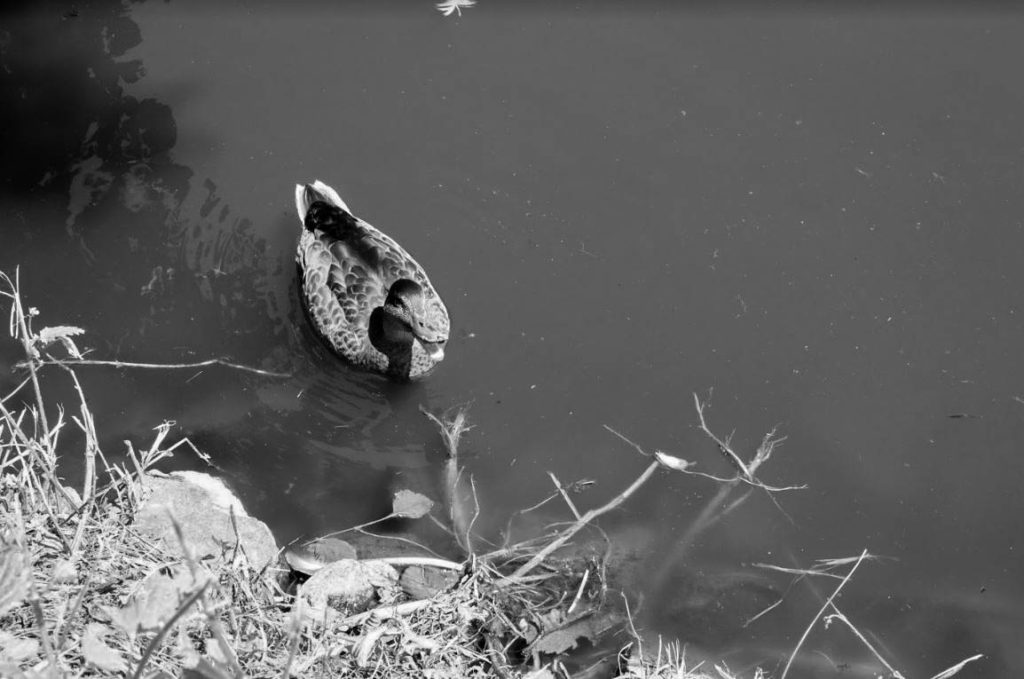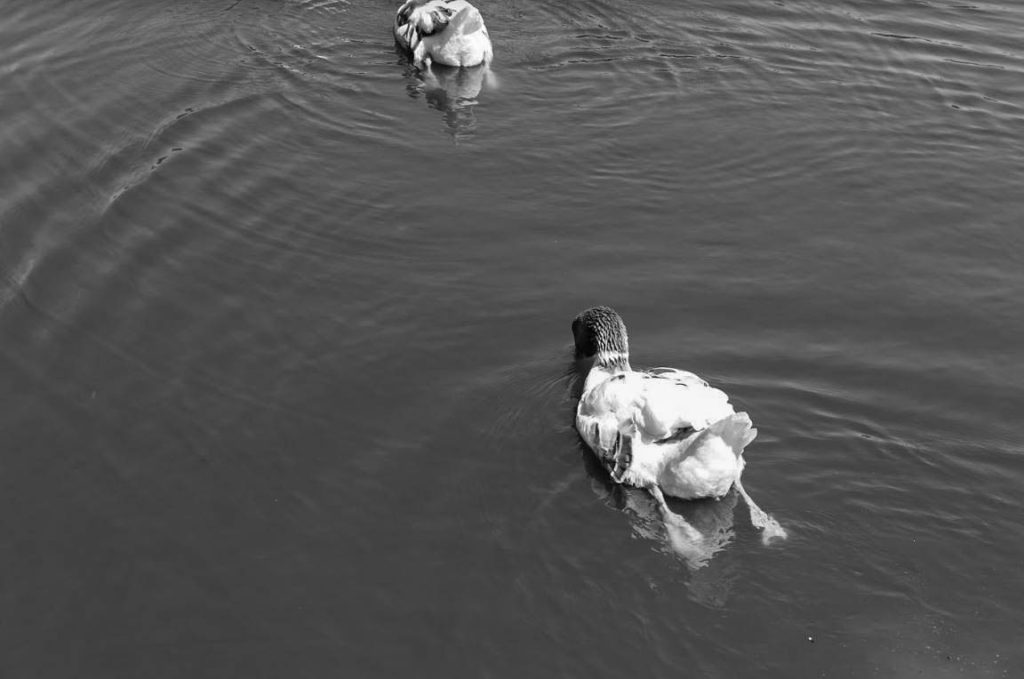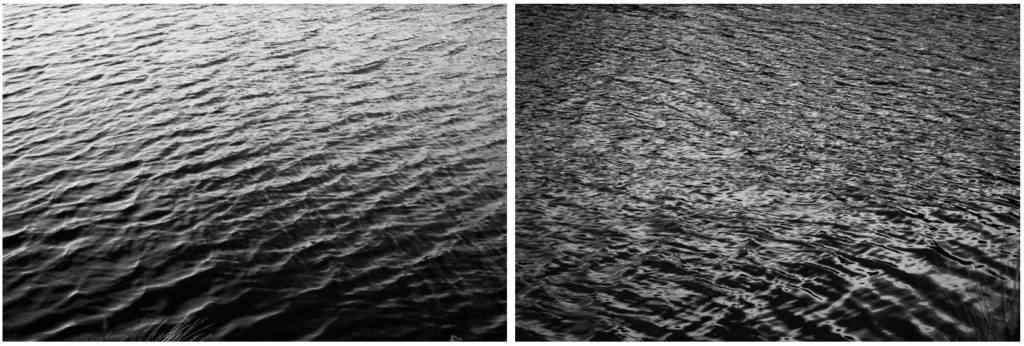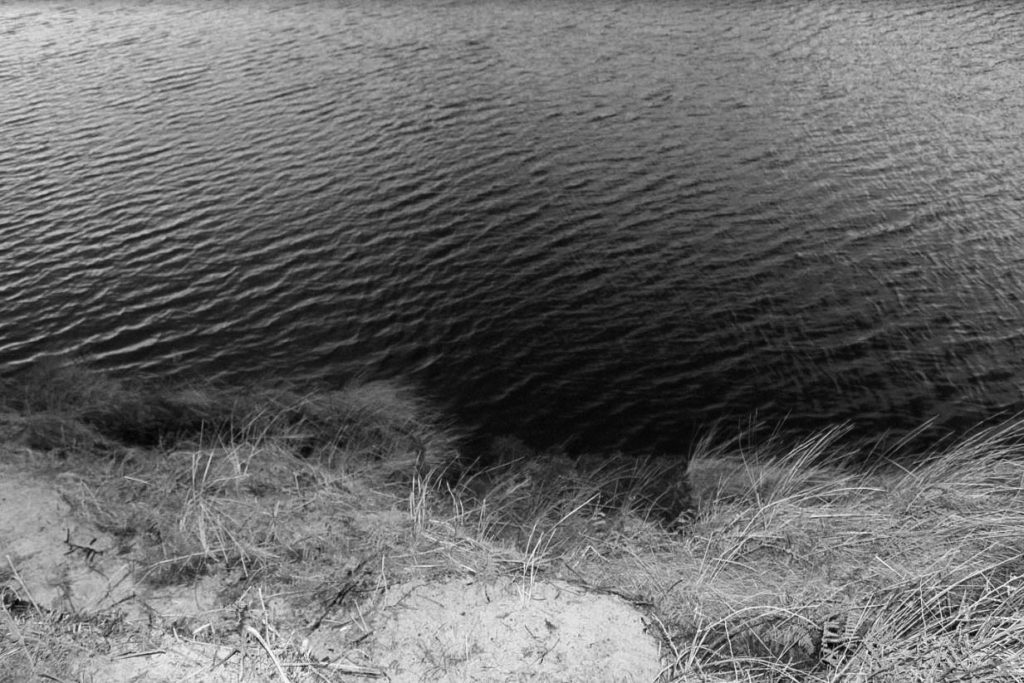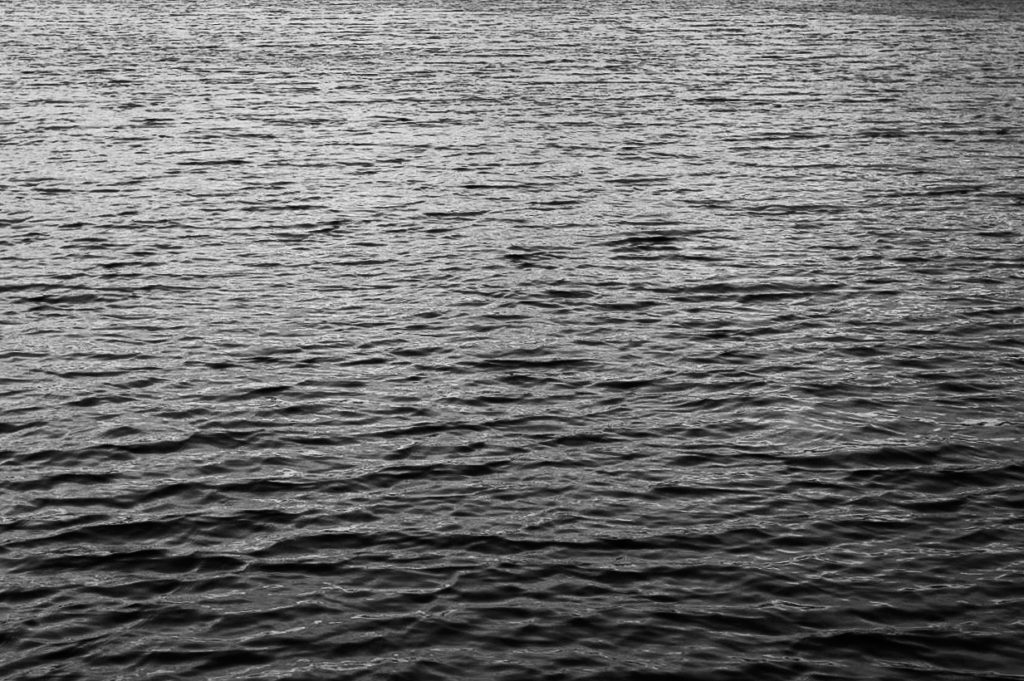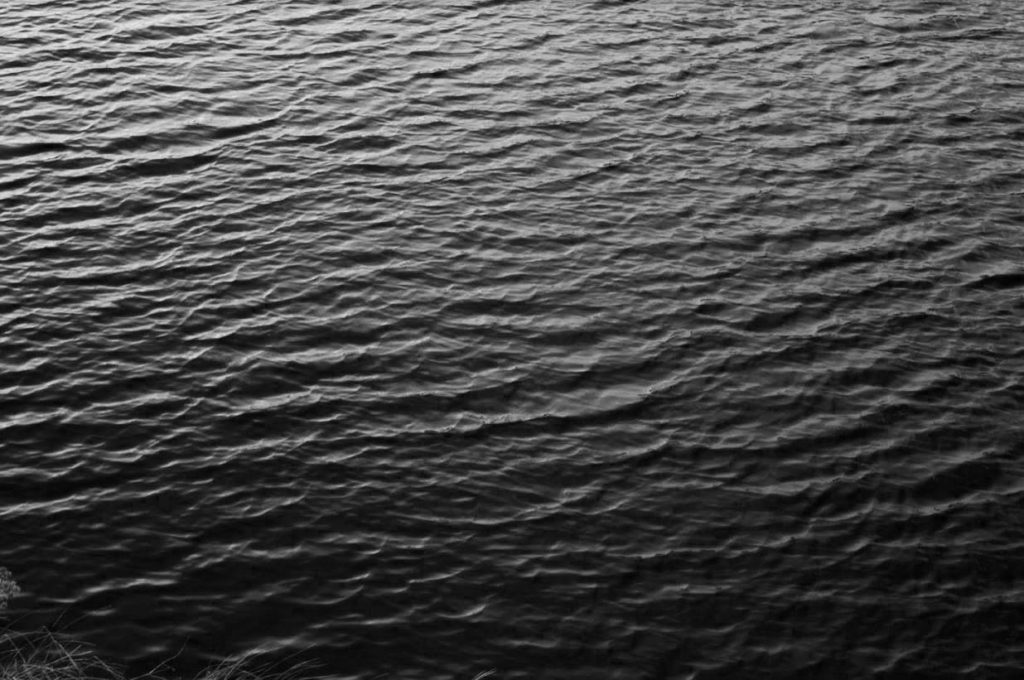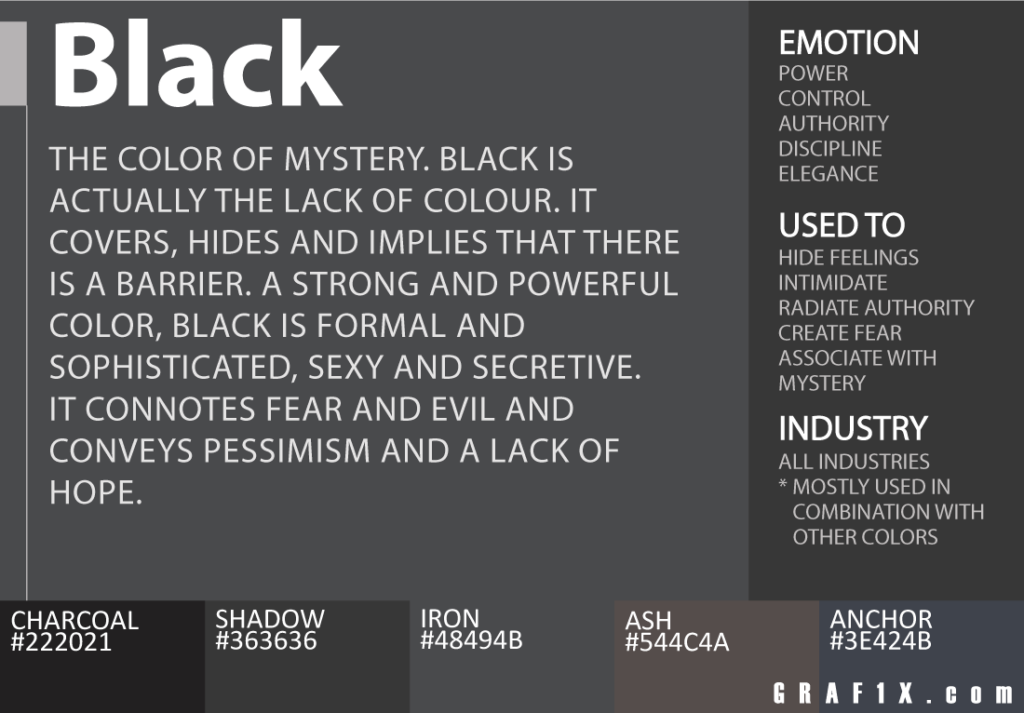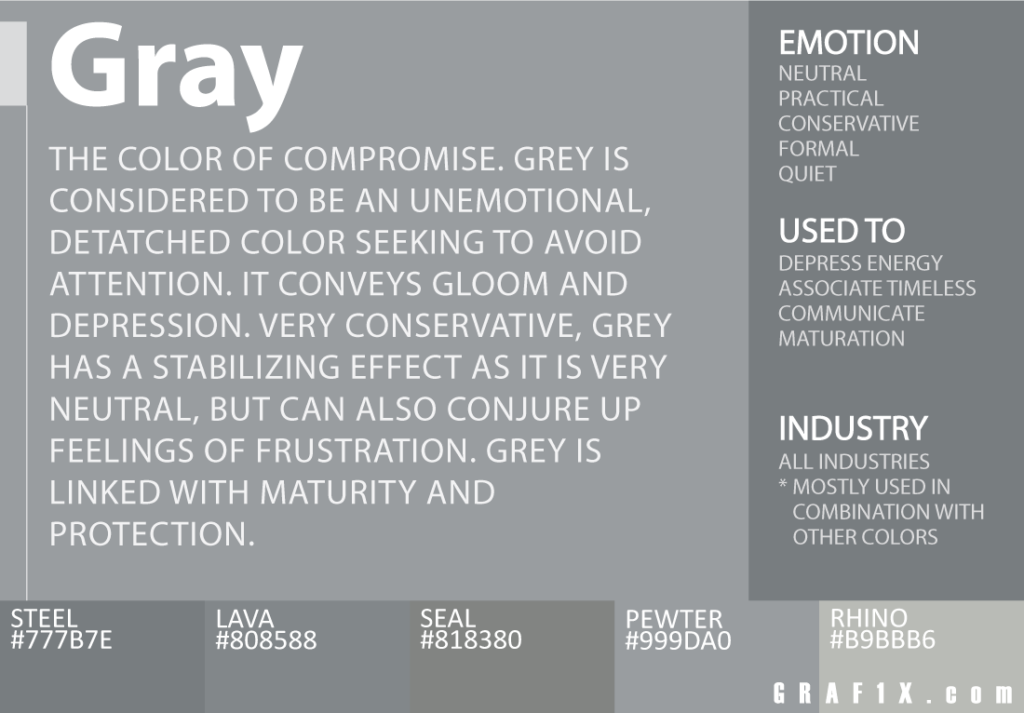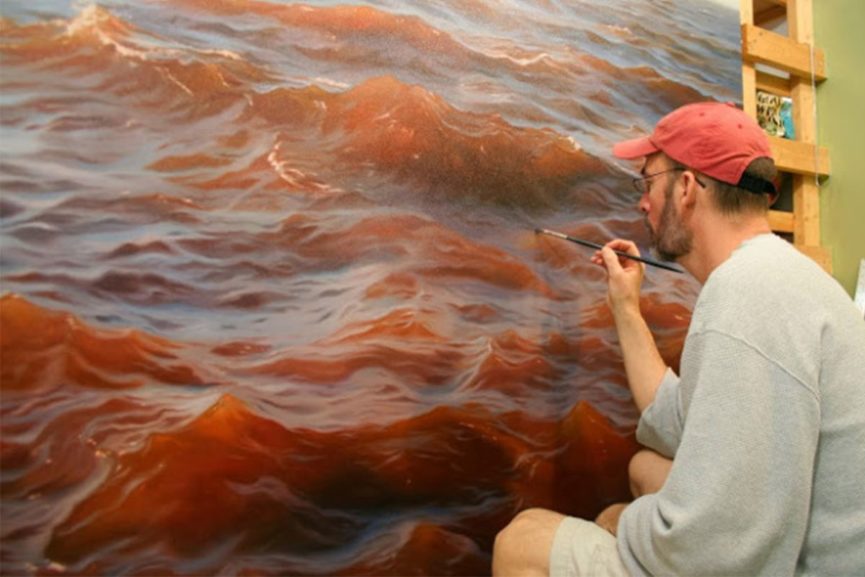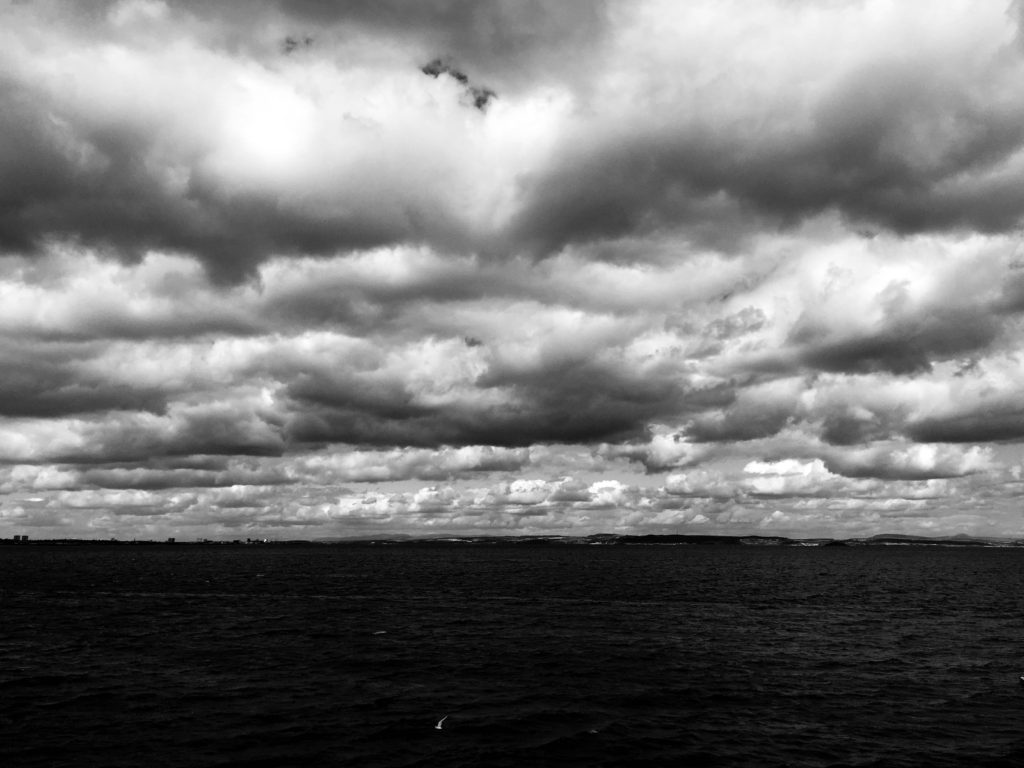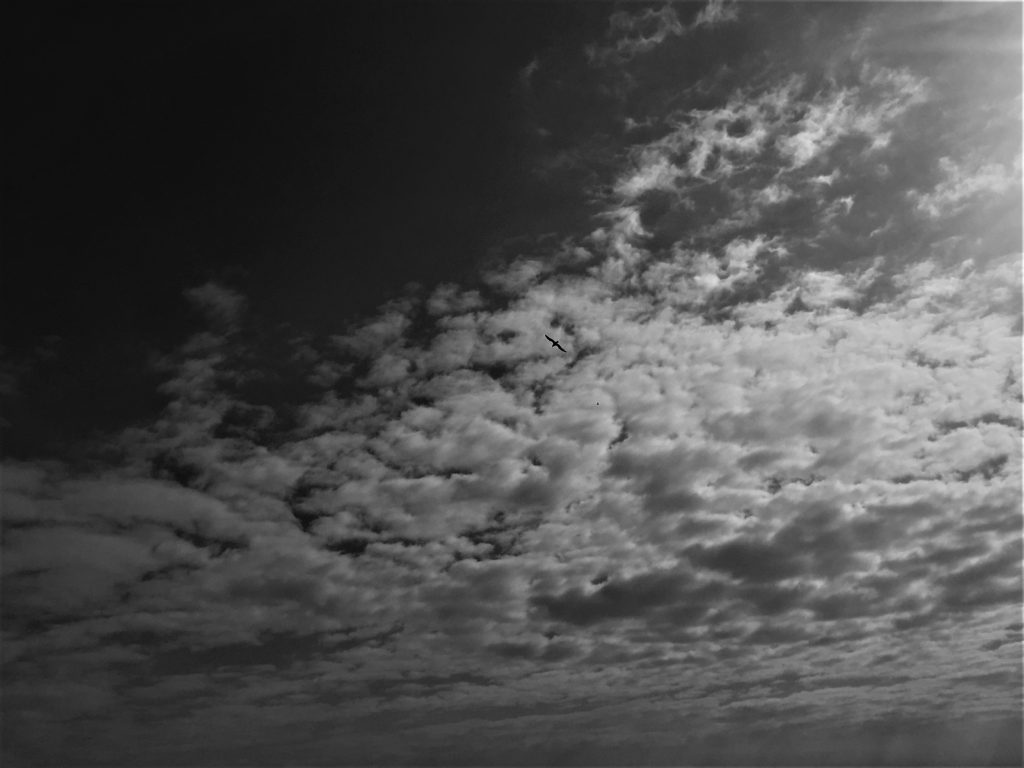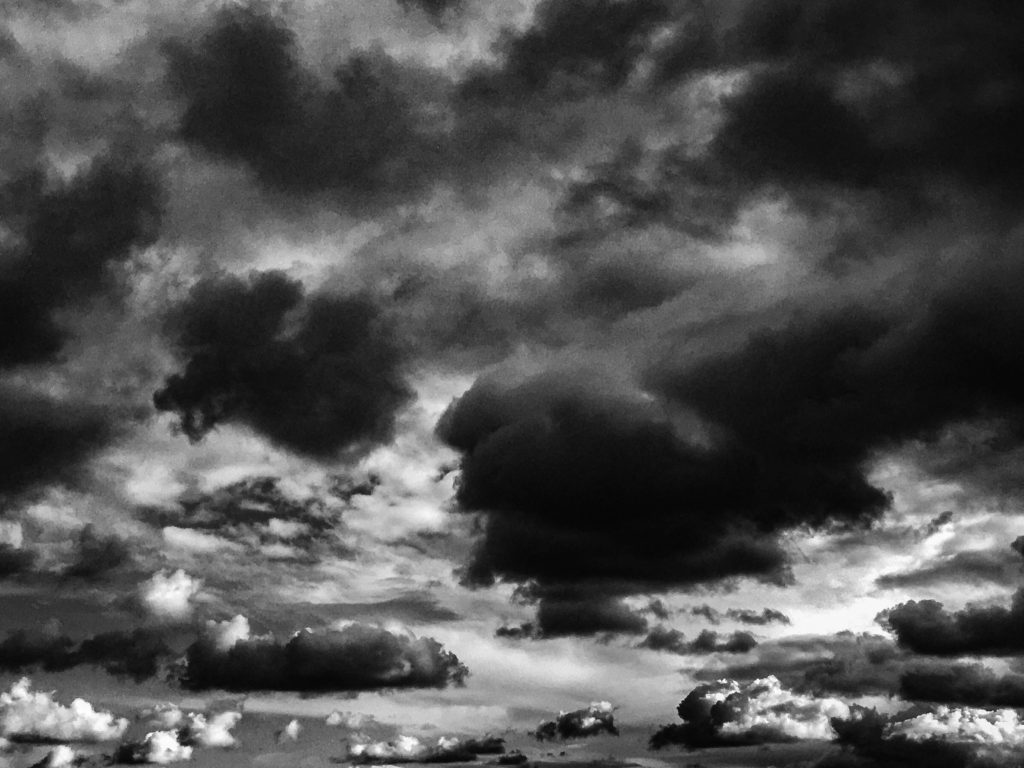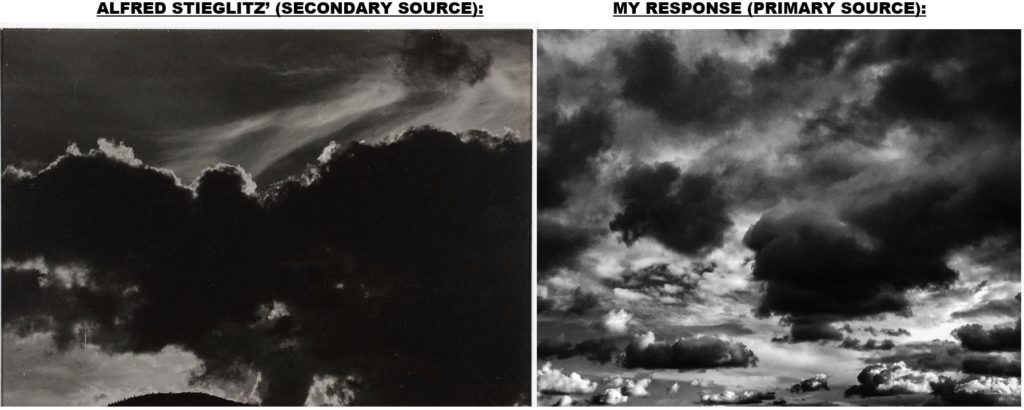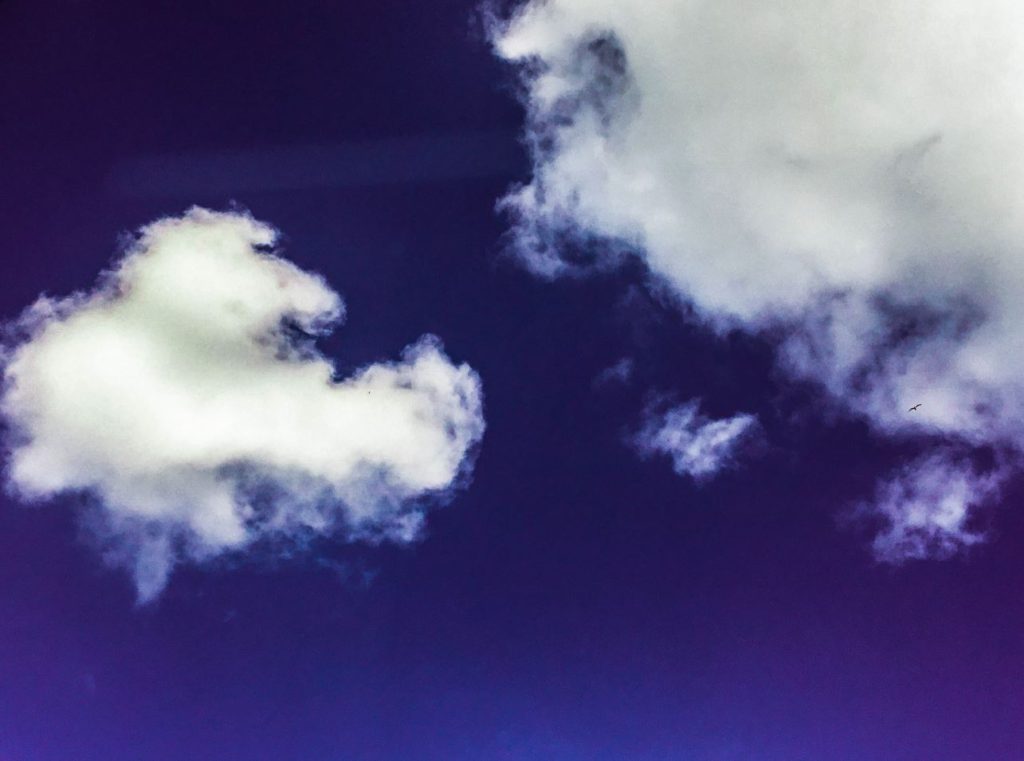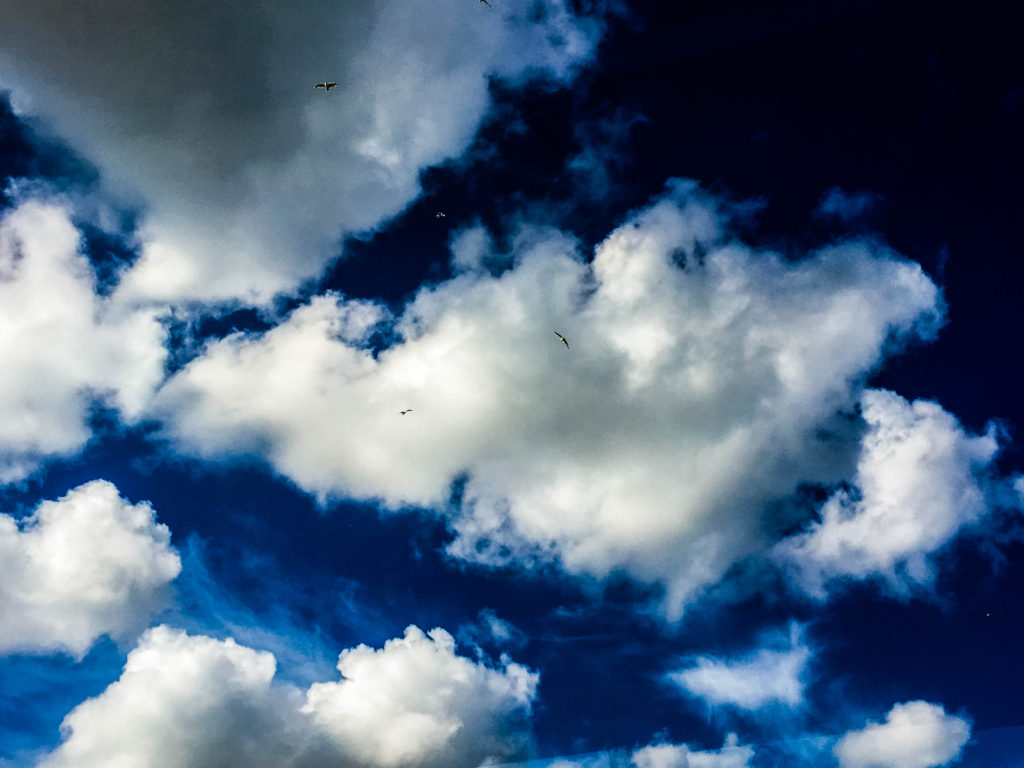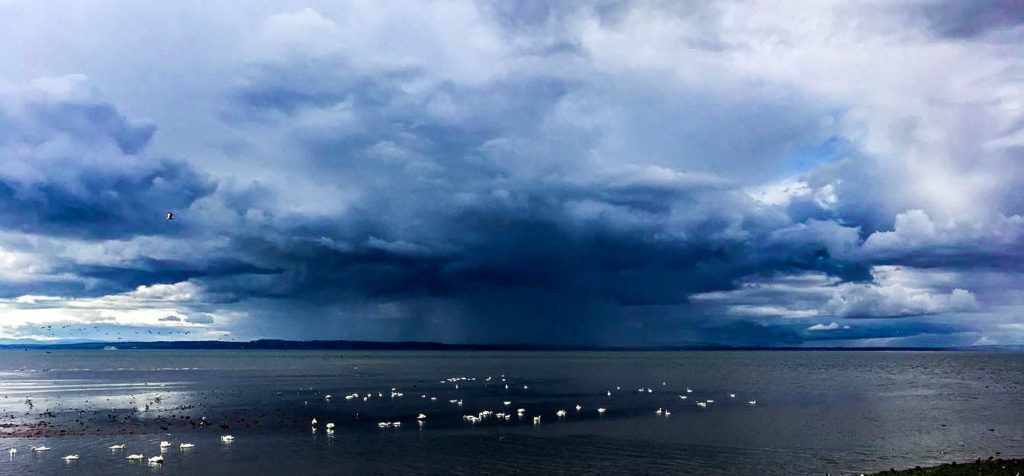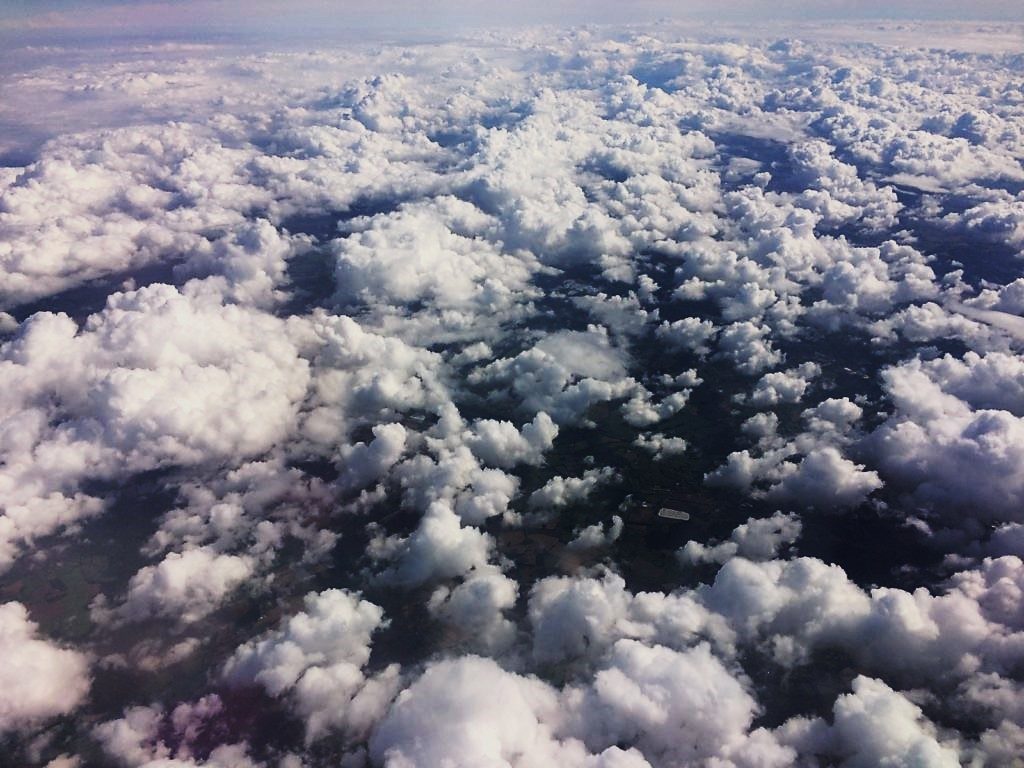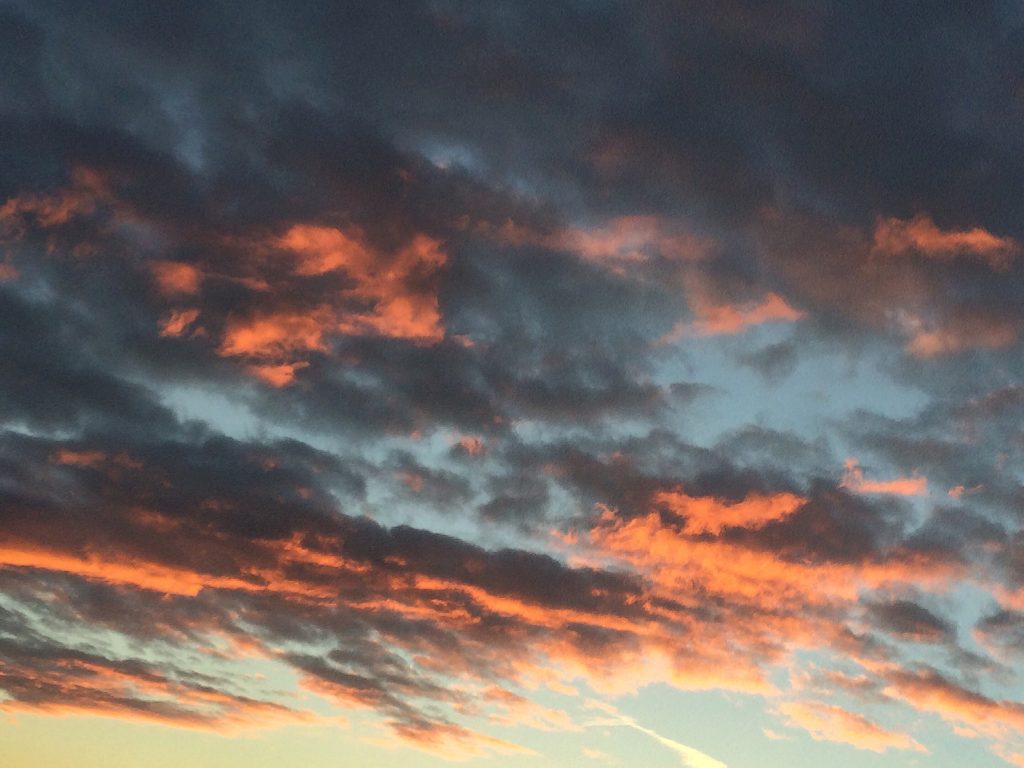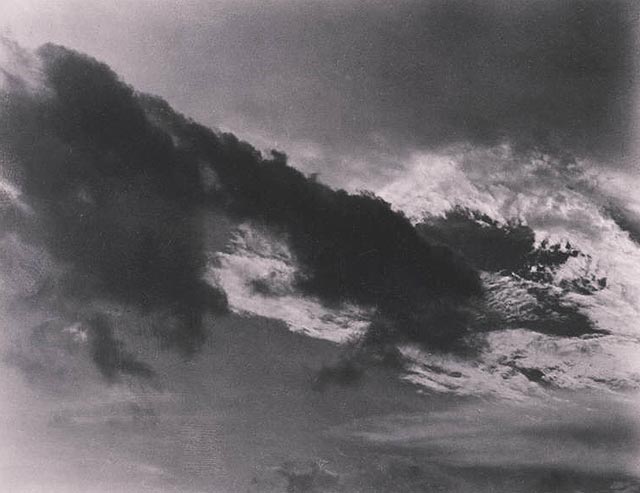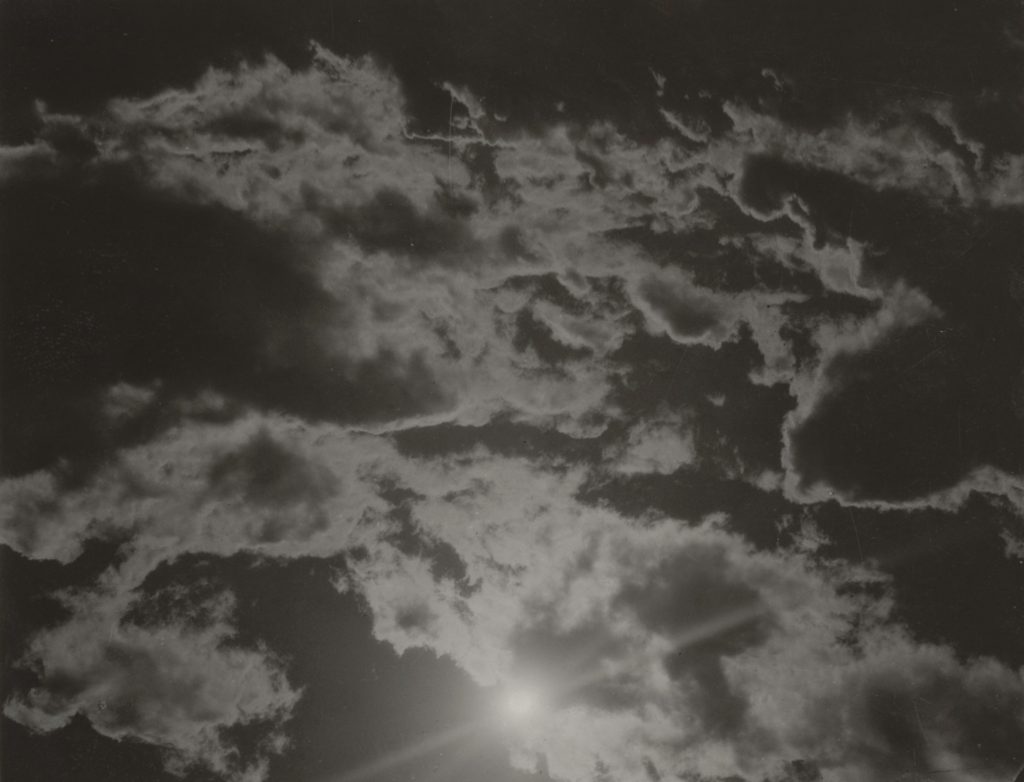The variation of patterns within nature on plants, flowers, tree bark, and forming on water are diverse and show the fascinating visual details of the natural world. One artist who looks at patterns of nature in a compelling way is Adrienne Adam, a fine art photographer. Her up-close photographs of plants, flowers, trees, sand and the ground explore the varied colours, forms, shapes, thicknesses and sizes of the subjects she photographs, furthermore fulfilling the idea of natural beauty that surrounds these natural forms.
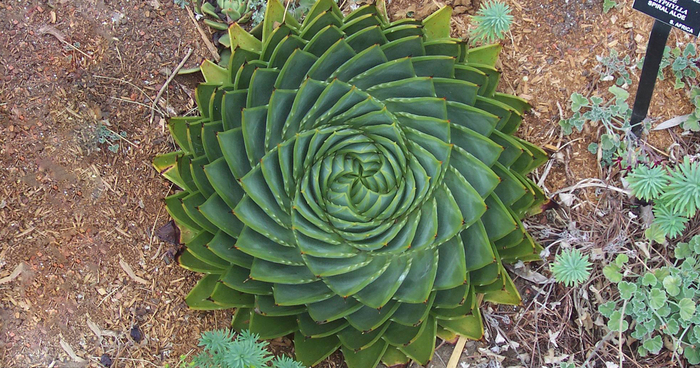
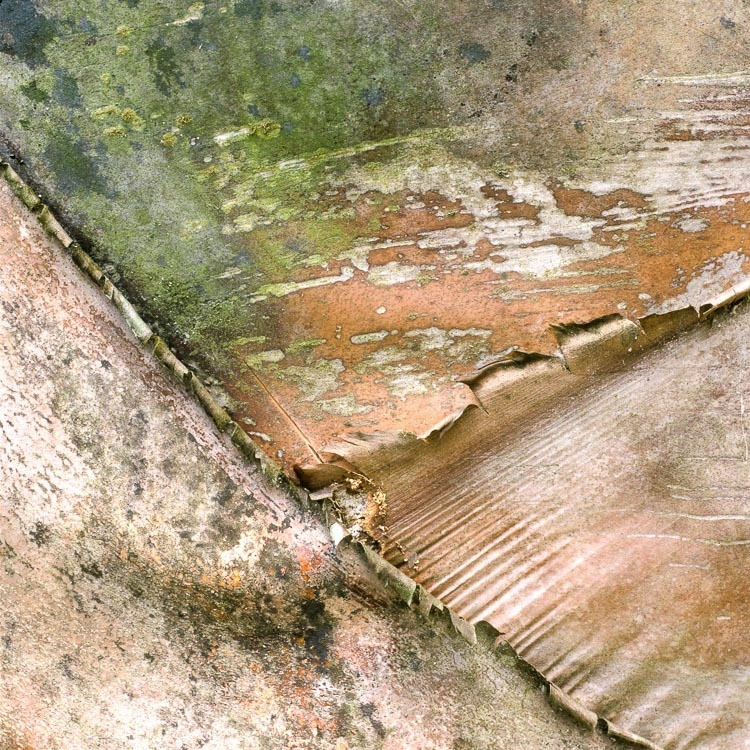
Adrienne Adam
Adrienne writes on her website that the art of seeing for her is a spiritual practice by which she empties her mind of the business of life in order to be fully present and available to her surroundings. Most of the images she makes are intimate landscapes showing the subtle and unique patterns and textures… the magic found in nature. When making images her intention is to show the Spirit of nature. The degree to which she is successful at capturing the essence and energy of the subject on film is directly proportionate to the degree to which she is fully present with the subject that catches her eye. Adrienne considers herself a “student of light“– always standing on the edge of confidence in her exposures. “Light is as subtle and ever-changing as the wind. It is tangible and yet illusive.” For this reason, the images she makes are all exposed in available light so they are a study of how this element shifts and dances on the surface of a tree, of the water, of our lives. The images Adam’s presents are made with either the medium format 500CM Hasselblad or digital Nikon D300 cameras. Regardless of which camera or lens she uses. her intention is to isolate a small part of a scene in a way that tells the entire story of the big picture. During the selection process she chooses images that best represent the spirit of the original subject or scene in terms of color, contrast and mood. When Adams uses film, the “selects” are scanned and guide prints are made. The guides are returned to her to determine accuracy of the scan as-well-as for cropping purposes. In the case of images made with the D300, she makes the color and size adjustments herself. Once this process is complete the images are ready for print on a variety of papers and alternative media.
“AS I SEE IT, THE CREATION OF PHOTOGRAPHIC ART HAS TWO PRIMARY ELEMENTS – THE ART OF “SEEING” AND THE ART OF “CAPTURING” WHAT IS SEEN ON FILM.”
When seeing and technical knowing are aligned I am fortunate enough to “capture” the Spirit of Nature on film and share it with others. More importantly, I have become a better person and my life is filled with the understanding of what photography and nature teaches me… “Be conscious and notice the abundance and magic of life in every moment.”





